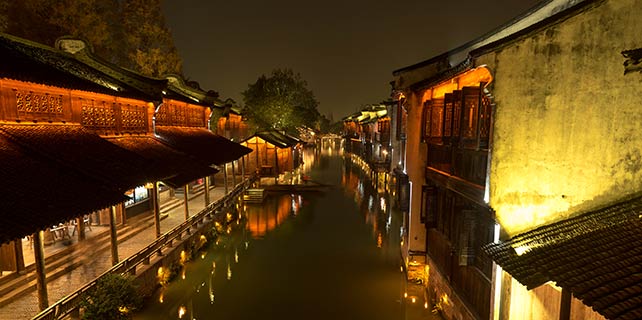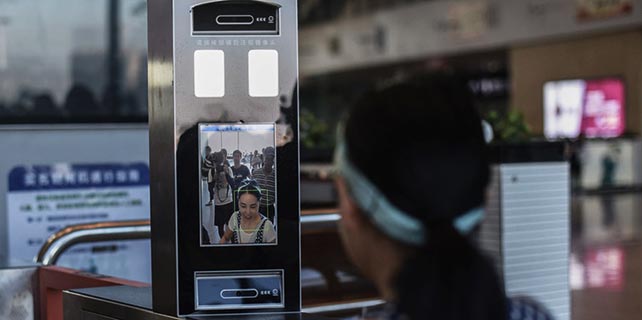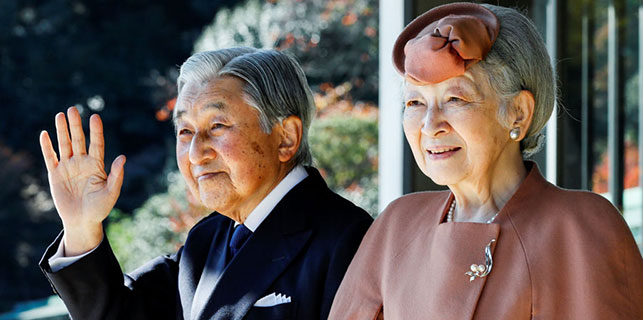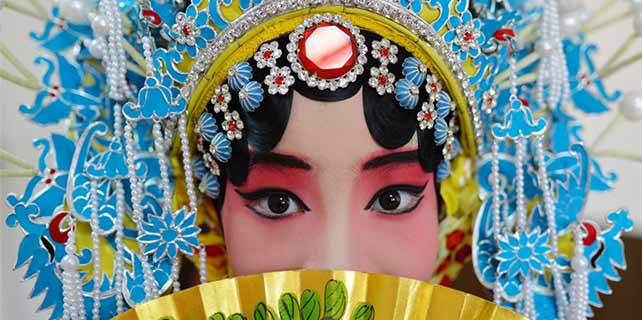Crafting a future for traditional arts
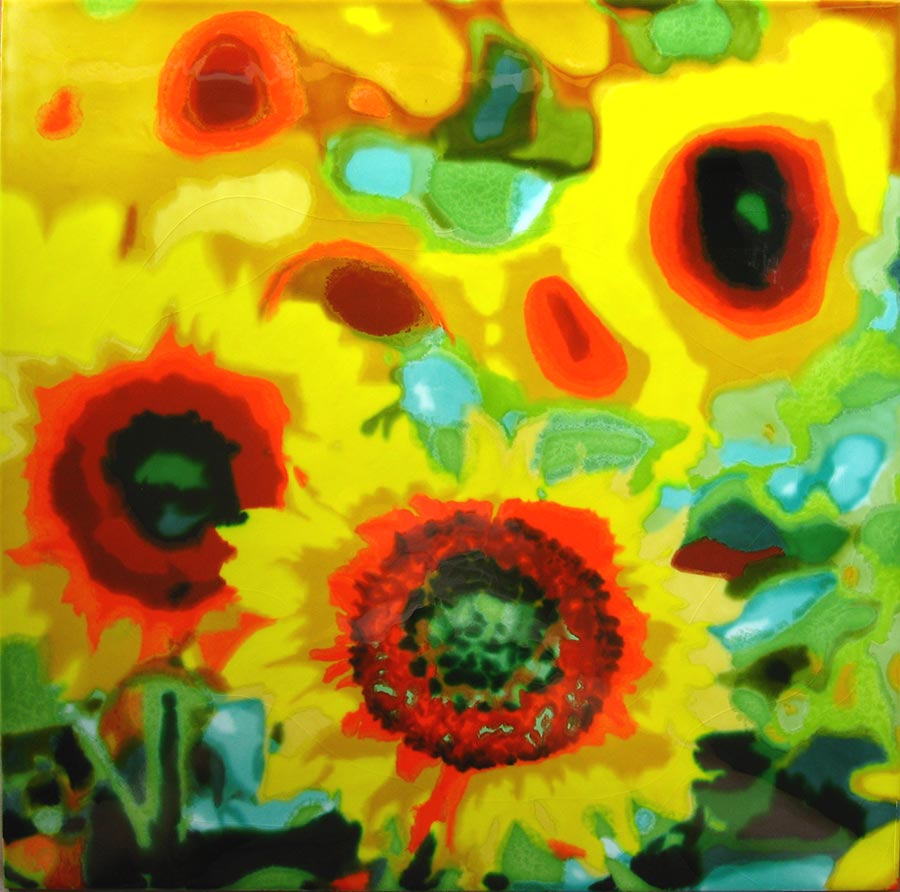 |
|
Sancai glaze painting of Sunflower by Guo Aihe. [Photo provided to China Daily] |
"In Chinese, wenhua means culture. The word is made up of two characters. Wen stands for history and hua refers to the process of change," says Guo Aihe, a 53-year old ceramist and curator of the Luoyang Sancai Art Museum. "Our generation has to make some changes to promote the development of culture."
Guo participated as an exhibitor in the 2017 World Leisure Expo in Hangzhou, Zhejiang province in late October, introducing his artworks to visitors from all over the world.
Guo has devoted his time to the inheritance and development of sancai art for more than 30 years, focusing on sancai glaze paintings, sancai ceramic crafts and other archaic forms of sancai.
His artworks have been added to the permanent collections of The Louvre in France, the Corfu Museum of Asian Art in Greece, the Gwangju Museum of Art in South Korea and many national organizations.
He was born in Luoyang, Henan province in 1964, graduated from Luoyang Normal University as an art student.
"The sancai pieces in the shape of horse and camel are everywhere," he says, "Sancai has been the top choice for presents by locals no matter whether they are officials or civilians. Around 35 years ago, a quality sancai camel sold for 38 yuan ($5.76), the equivalent to about one month's salary."





